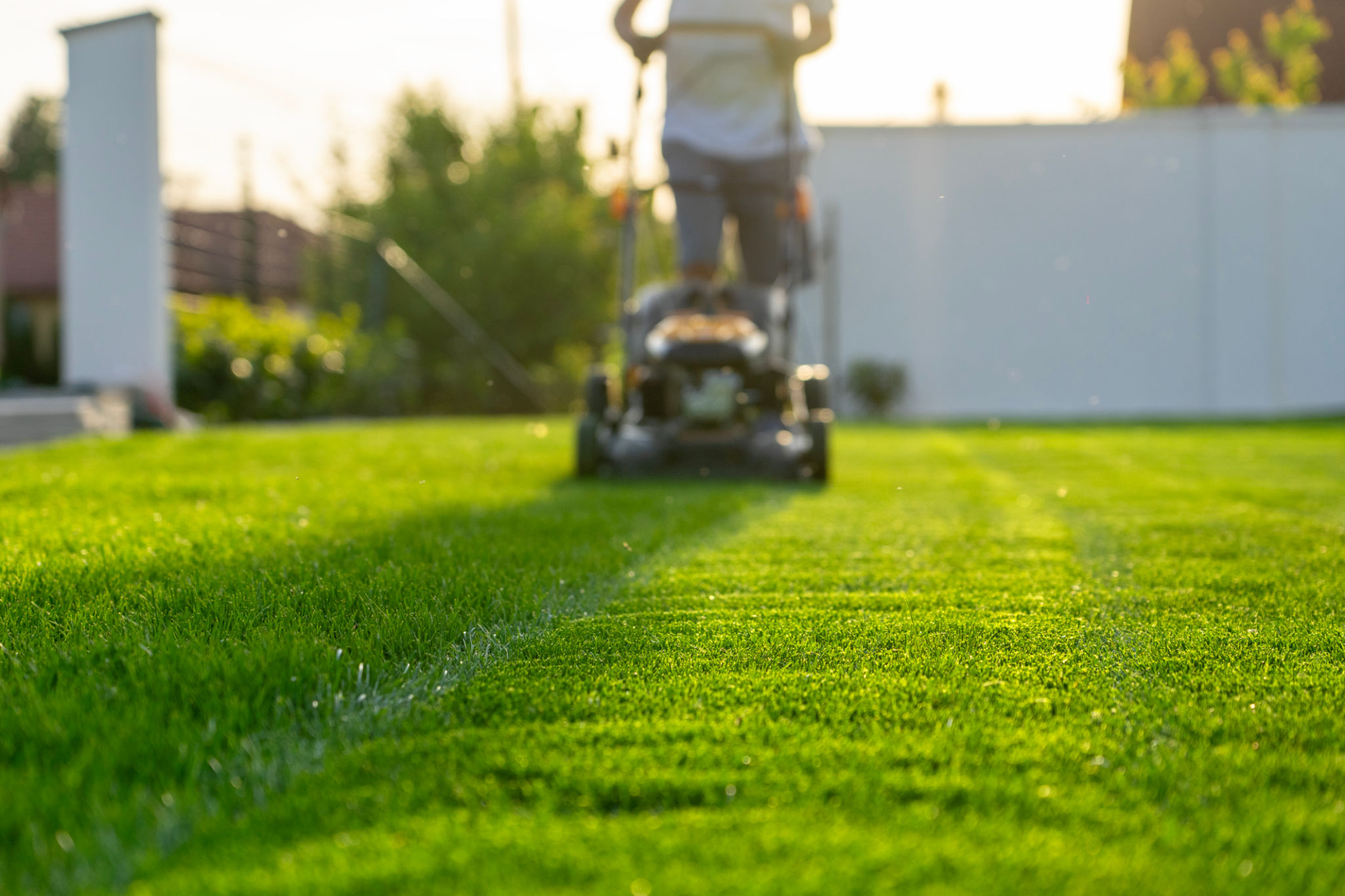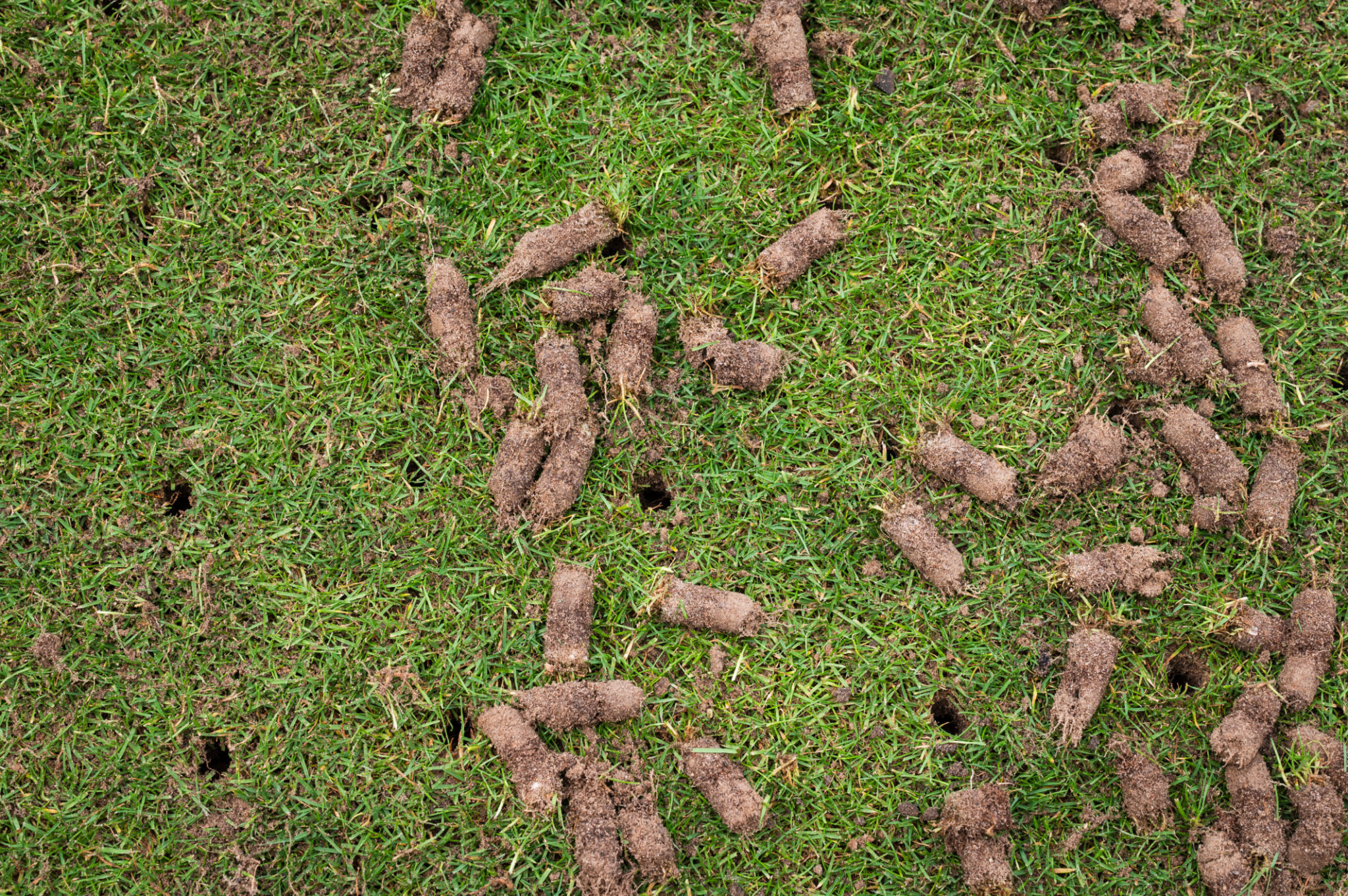Preparing Your Lawn for Spring: Expert Tips for Castle Hayne Homeowners
Understanding Your Lawn's Needs
As spring approaches in Castle Hayne, it's time to start preparing your lawn for a season of lush growth. Understanding the specific needs of your grass is crucial. Different grass types have varying requirements, so start by identifying what type of grass you have. This will guide you in choosing the right fertilizers and maintenance practices.
Consider factors such as soil quality, sunlight exposure, and water availability when planning your spring lawn care routine. Knowing these details will help you create a customized care plan that promotes healthy growth and minimizes pests and diseases.

Spring Cleaning: Clearing Debris
One of the first steps in preparing your lawn for spring is a thorough cleaning. Winter can leave behind debris like fallen leaves, twigs, and dead grass that can suffocate your lawn. Rake your lawn to remove this debris, providing space for new grass to thrive.
While cleaning, be sure to inspect for any signs of disease or pest infestations that may have developed over the winter. Addressing these issues early can prevent more significant problems as the season progresses.
Aeration: Breathing New Life
Aeration is a crucial step in your spring lawn care regimen. It involves perforating the soil with small holes to allow air, water, and nutrients to penetrate the grass roots more effectively. This process helps reduce soil compaction, which is often caused by heavy snowfall or foot traffic during the winter months.

Nourishing with Fertilizer
Once your lawn is clean and aerated, it's time to nourish it with a suitable fertilizer. Choose a slow-release fertilizer rich in nitrogen to promote healthy growth throughout the spring. A well-fed lawn is more resilient and better equipped to fend off diseases and weeds.
Apply fertilizer evenly across your lawn, following the manufacturer's instructions carefully to avoid over-fertilizing, which can damage the grass. Consider conducting a soil test to understand the specific nutrient needs of your lawn.
Overseeding for a Fuller Lawn
Overseeding involves spreading grass seed over an existing lawn to fill in thin or bare patches. This process helps create a denser and more uniform appearance. For best results, choose a grass seed that matches your existing lawn's type and climate conditions.

Watering Wisely
Proper watering is essential for a healthy spring lawn. As temperatures rise, ensure your lawn receives sufficient moisture without over-watering. Watering deeply and infrequently encourages deep root growth and helps your lawn withstand dry spells.
An automatic sprinkler system can help maintain consistent watering schedules. Adjust the settings according to weather changes and monitor the moisture level of your soil regularly.
Mowing for Success
Finally, regular mowing is vital for maintaining a neat and healthy lawn. Start mowing when the grass reaches about 3 inches in height, cutting it back to 2 inches. Ensure your mower blades are sharp to prevent tearing the grass, which can lead to disease.
By following these expert tips, Castle Hayne homeowners can enjoy a vibrant and thriving lawn throughout the spring season. Remember, consistent care and attention will yield the best results for your outdoor space.